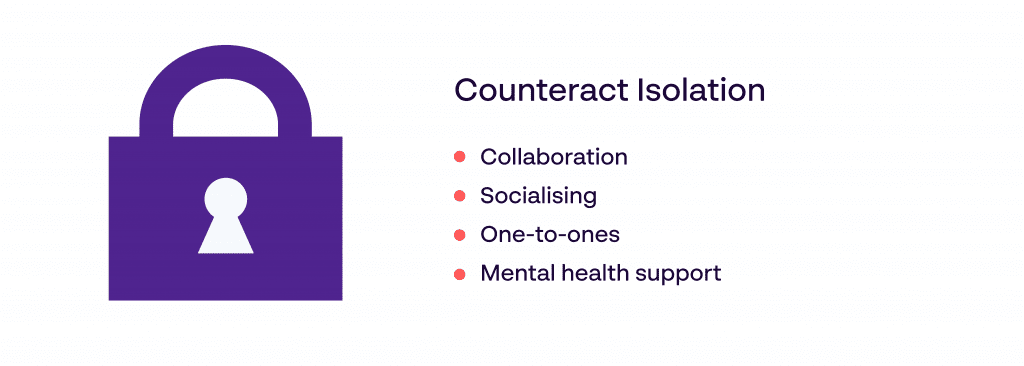Emulating your brand’s core values has always been at the heart of securing and engaging top candidates. But as uptake in the hybrid working model increases, it’s becoming more important to find standout ways to communicate company culture without in-person interactions.
There is a common misconception that company culture is something that can’t always be accurately described, or that it can only be felt when you’re settled into a role. However, with new tools, better communication and the right approach, brands can showcase their company culture in practical, tangible ways regardless of where their employees are working from.
The current state of company culture
In a study by Glassdoor, 77% of 5,000 respondents would consider a company’s culture before applying for a job there. Over half of them said it’s more important than salary when it comes to job satisfaction.
Building culture into the everyday fabric of your business will ensure that it’s present in all employee touchpoints — through onboarding, during their day-to-day work and even after they part ways with the business. This means that everything your brand makes, says or does has to be infused with its overarching purpose.
In a recent report, 90% of people said that brands must do everything they can to protect the well-being and financial security of their employees even if it means suffering big financial losses until the pandemic ends. And 66% of consumers consider elements like company culture and employee welfare as factors that determine whether they buy from one brand over another.
This is part of an overall move towards value-based loyalty and further proof that company culture is directly linked to business success.
The human gap left by remote working
With the myriad of online messaging and video conferencing software available, it’s easy to rely on technology to bring your teams closer together. While these tools have been a game-changer for the modern-day corporate landscape in terms of communication and the streamlining of collaborative processes, they are not enough on their own to connect employees in a way that builds company culture.
To help employees feel part of your overarching brand purpose, you need to do more than make sure that everyone can jump on a Zoom or Teams call. Company culture is built on understanding the human needs of your employees, making them feel aligned with your goals and expressing authentic appreciation of their efforts.
Get your company culture noticed
Your company culture may be ingrained into the thinking and everyday behaviour of long-standing employees, but to keep up momentum and instil the same values in new talent, it’s vital to bring fresh ways to make them seen and heard by everyone — for culture to be tangible, it first needs to be noticed.
As remote working, hiring and onboarding becomes commonplace, companies have had to get more creative about how they share what’s great about working for them.
In the case of company culture statements, the phrase “actions speak louder than words” rings especially true… for people to believe the values written on your company website, and for your employees to take them on board, you need to show them what it looks like day-to-day.
5 ways to prove your company culture
#1 Employee spotlight posts for new starters

As well as showing appreciation for individual employees, spotlights are a great way to give potential candidates the opportunity to learn a little more about the people they’ll be working with.
An employee spotlight can be created in a number of ways — from short quotes to videos — but generally they are a one-to-one interview covering topics such as company culture, accomplishments, success stories, passion projects, perks and benefits, and something unique about themselves in the context of their work. While providing prompts can be helpful, it’s important to avoid sounding scripted or forced.
#2 Behind the scenes

Give the world an insight of what day-to-day life is like working in your company. By focusing on specific teams within your business, you can show the authenticity of your company culture and demonstrate how your employees practice what your brand values preach.
#3 Invest in tools that counteract loneliness for remote workers

While we mentioned the fact that software shouldn’t be the only thing that brings your team together, there are a number of tools with less focus on productivity and more emphasis on wellbeing. For example, Fond gives remote employees somewhere to go when they need a morale boost from their team.
#4 Recognise and reward value-centric behaviours

Give employees the opportunity to earn rewards for more than just work performance. This helps to reinforce culture by demonstrating that they are valued on an equal level to profits. This could include peer-voting (where employees can nominate co-workers for encapsulating what their brand stands for), written recognition in newsletters, or feature pages on your website.
#5 Teach your values in orientation and training

Incorporating company values into formal training or orientation is an effective way to communicate what matters. It means that new employees are familiar with what your brand stands for from the get-go and gives them context on how it can be instilled in the work they do every day.
